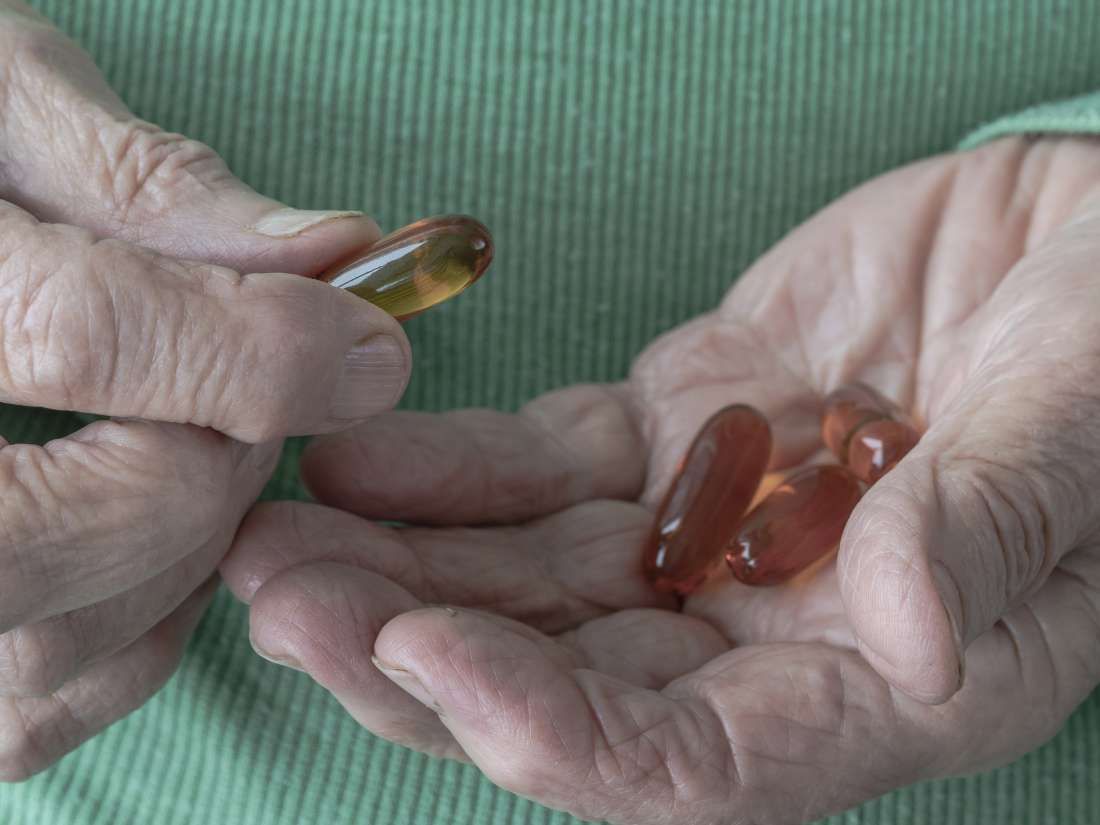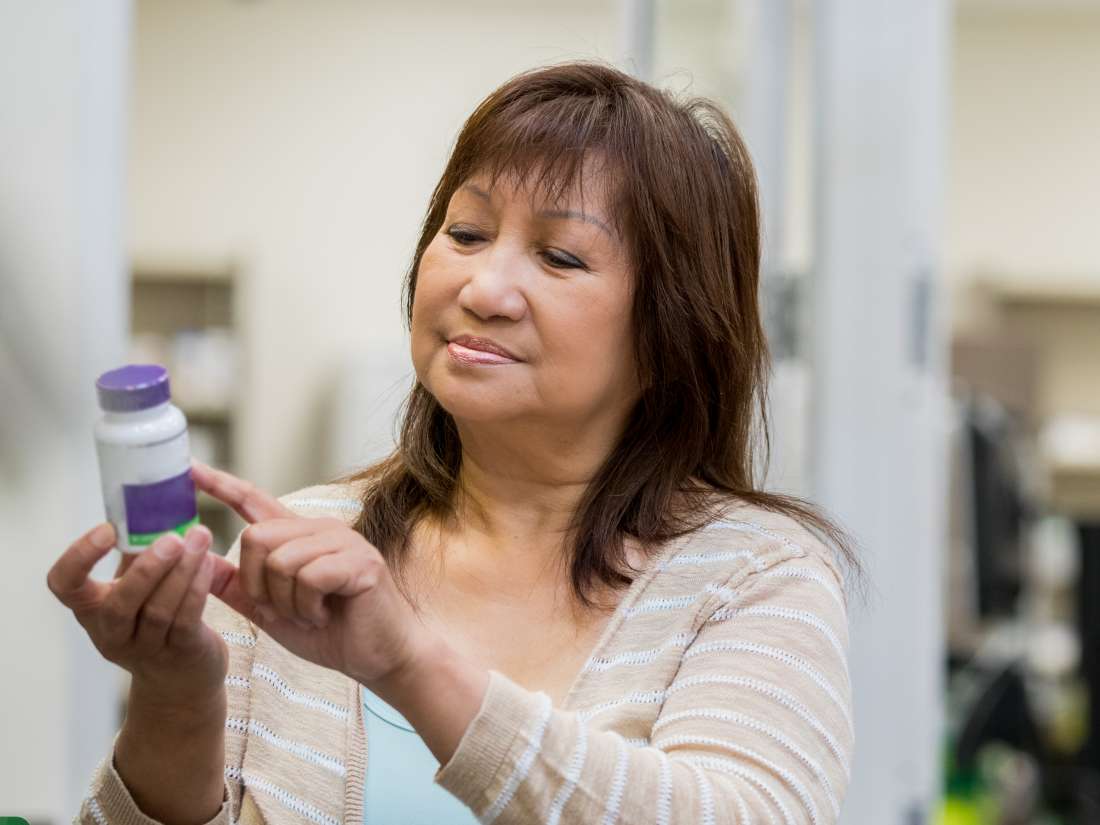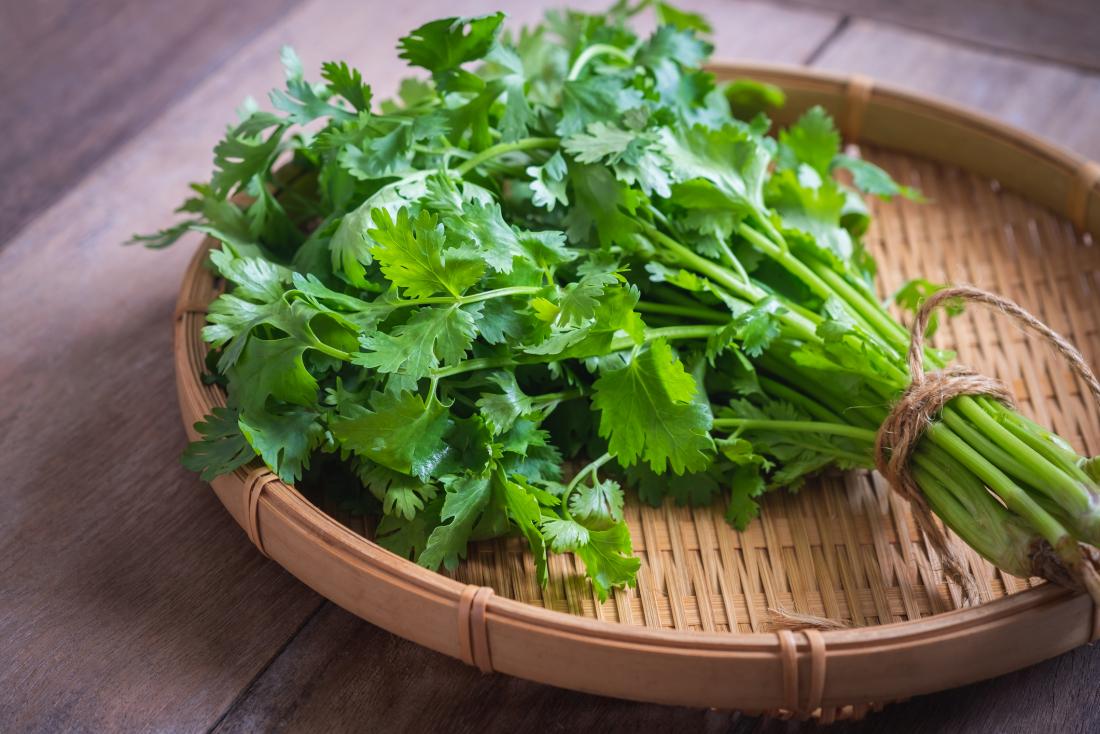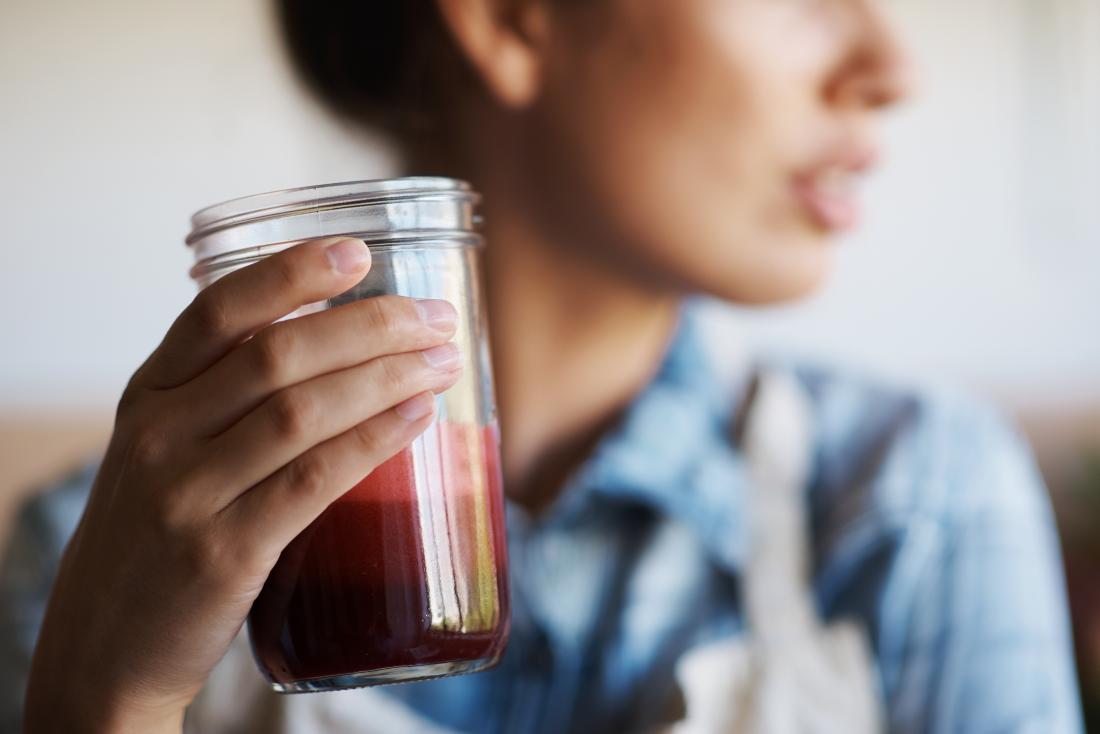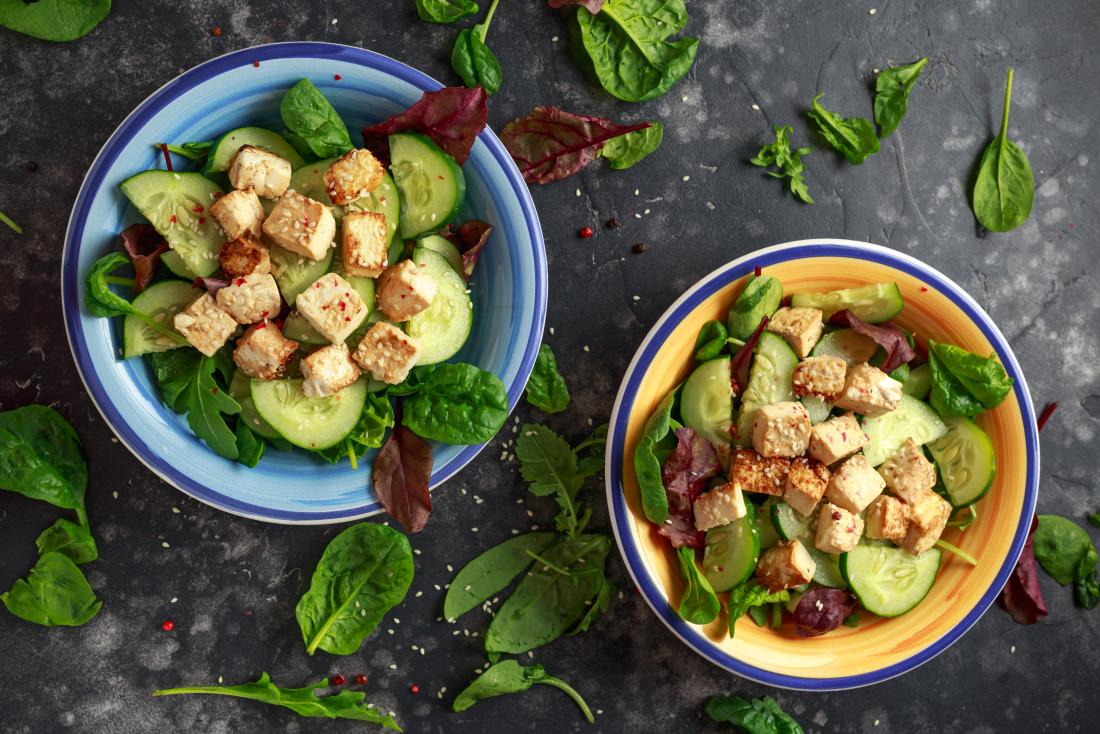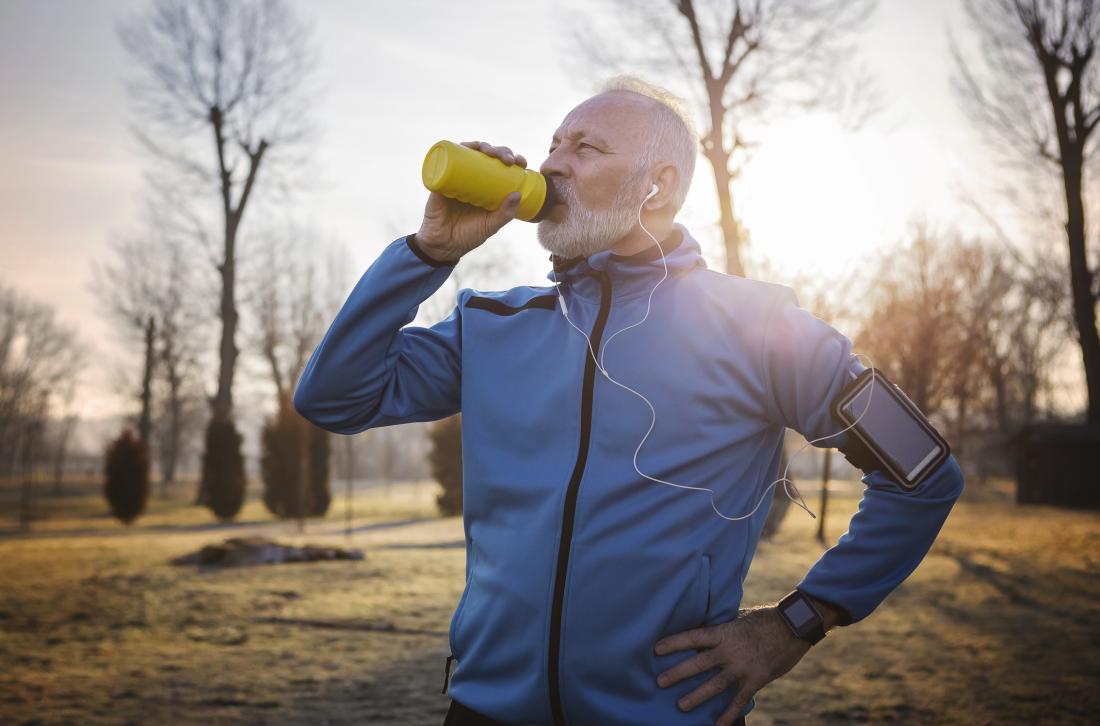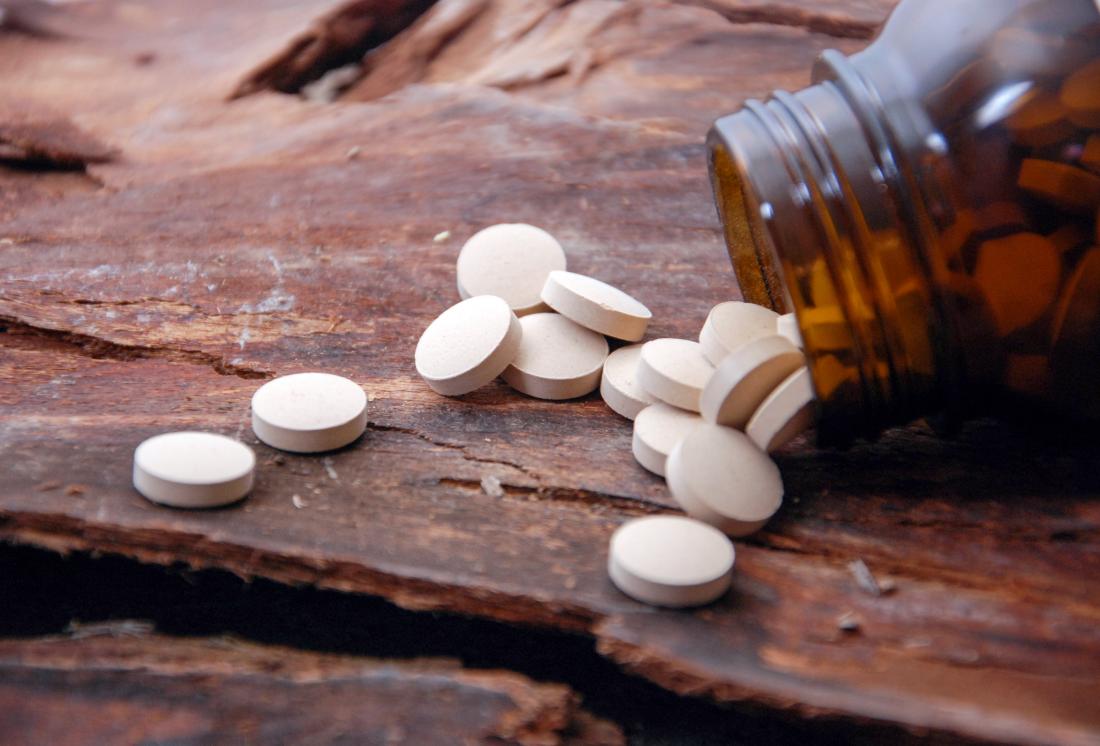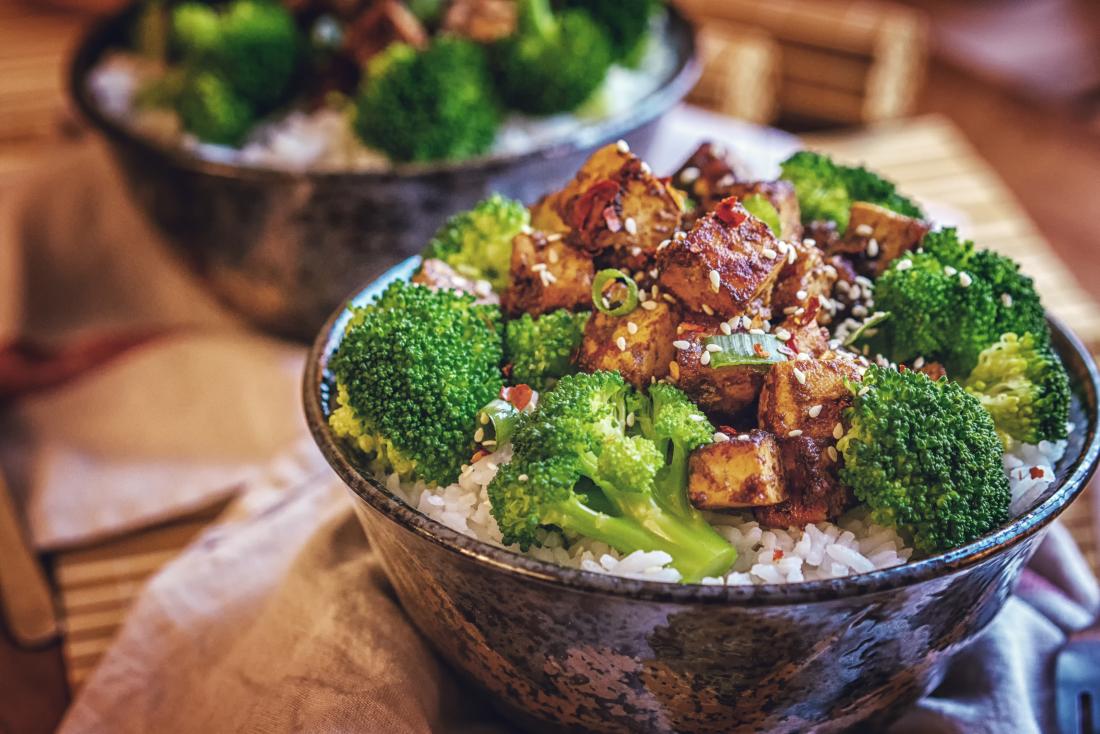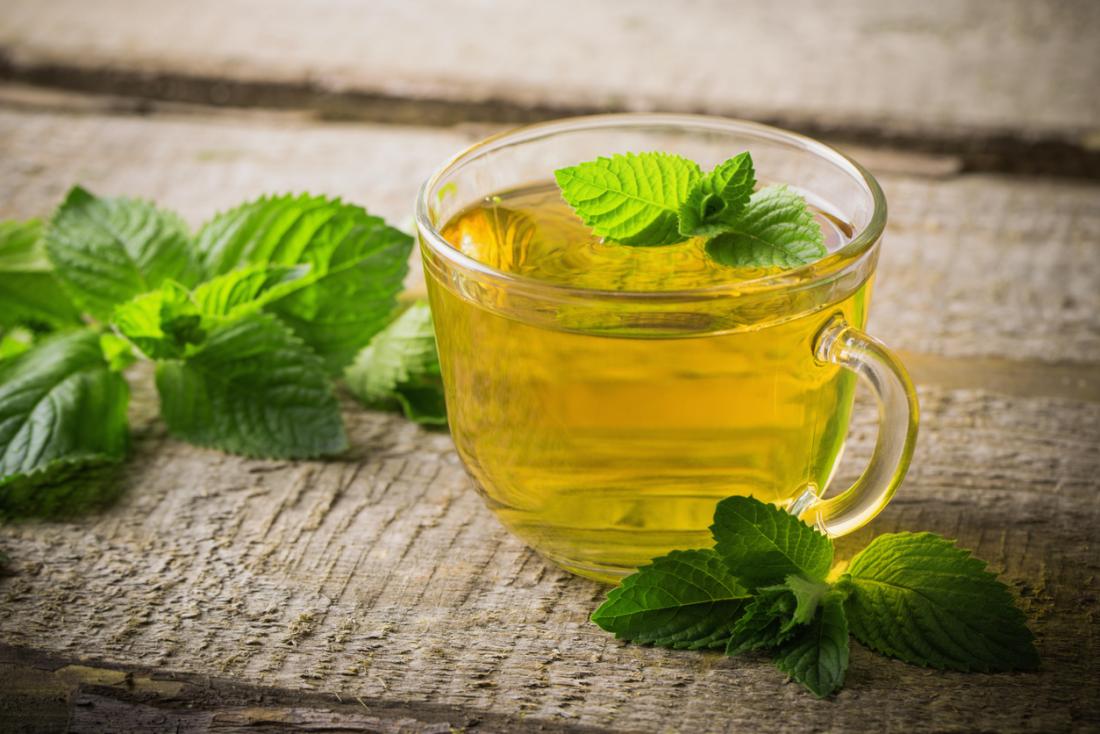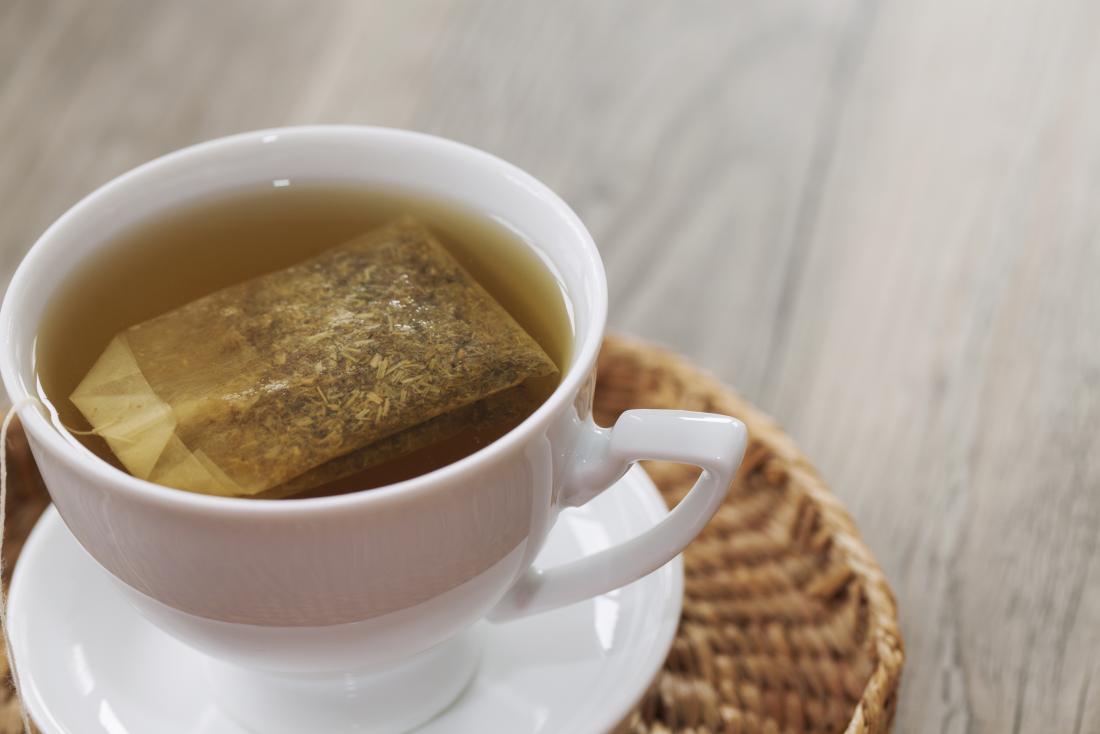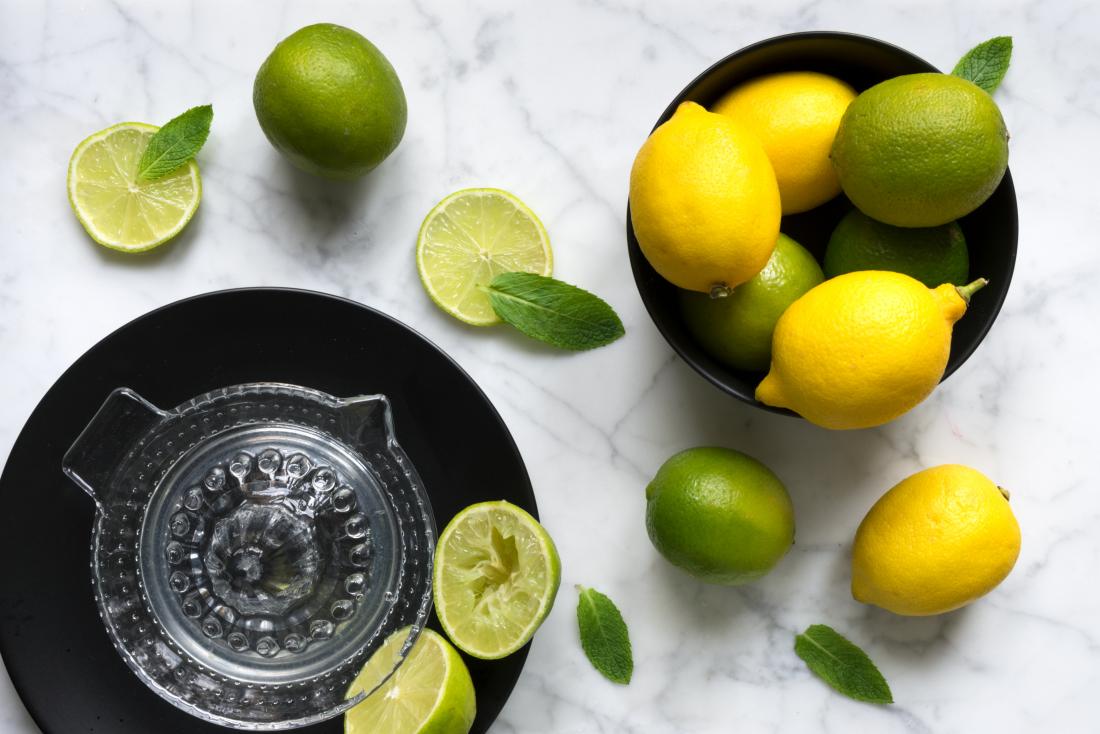Vegans and vegetarians choose not to eat meat. However, veganism is stricter and also prohibits dairy, eggs, honey, and any other items that derive from animal products, such as leather and silk.
Both veganism and vegetarianism are growing in popularity. However, some people may find the differences between these two diets a little confusing, particularly as there are several variations of vegetarianism.
In this article, we explore the similarities and differences between veganism and vegetarianism. We also discuss health benefits, which diet is more healthful, which is better for weight loss, and risks and considerations.
What is vegetarianism?
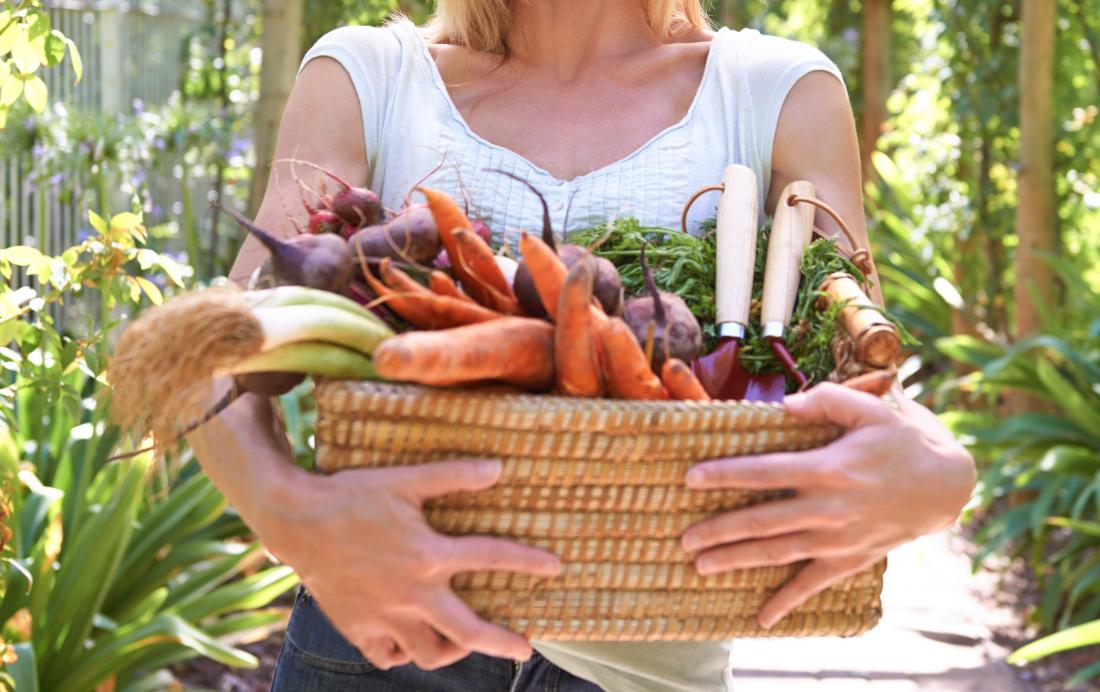 Vegetarians do not eat the products of animal slaughter.
Vegetarians do not eat the products of animal slaughter.According to the Vegetarian Society, vegetarians are people who do not eat the products or byproducts of animal slaughter.
Vegetarians do not consume:
- meat, such as beef, pork, and game
- poultry, such as chicken, turkey, and duck
- fish and shellfish
- insects
- rennet, gelatin, and other types of animal protein
- stock or fats that derive from animal slaughter
However, many vegetarians do consume byproducts that do not involve the slaughter of animals. These include:
- eggs
- dairy products, such as milk, cheese, and yogurt
- honey
Vegetarians typically consume a range of fruits, vegetables, nuts, seeds, grains, and pulses, as well as “meat substitutes” that derive from these food types.
Vegetarianism is generally less strict than veganism, so there are several well-known variations of the vegetarian diet. These include:
- Lacto-ovo-vegetarian. People who follow this diet avoid all types of meat and fish but do consume dairy products and eggs.
- Lacto-vegetarian. People on this diet do not eat any meat, fish, or eggs but do consume dairy products.
- Ovo-vegetarian. Individuals following this diet do not eat any meat, fish, or dairy products but do consume eggs.
- Pescatarian. Those who follow this diet avoid all meats expect fish and other types of seafood. However, this does not meet the traditional definition of vegetarianism, and many people refer to the pescatarian diet as being semi-vegetarian or flexitarian.
What is veganism?
Veganism is a stricter form of vegetarianism. Vegans avoid consuming or using any animal products or byproducts. The Vegan Society define veganism as “a way of living, which seeks to exclude, as far as is possible and practicable, all forms of exploitation of and cruelty to animals for food, clothing, or any other purpose.”
Vegans strictly avoid consuming any foods or beverages that contain:
- meat
- poultry
- fish and shellfish
- eggs
- dairy products
- honey
- insects
- rennet, gelatin, and other types of animal protein
- stock or fats that derive from animals
Strict vegans also extend these principles beyond their diet and will try, where possible, to avoid any product that directly or indirectly involves the human use of animals. These products can include:
- leather goods
- wool
- silk
- beeswax
- soaps, candles, and other products that contain animal fats, such as tallow
- latex products that contain casein, which comes from milk proteins
- cosmetics or other products that manufacturers test on animals
Many vegetarians also apply some of these principles to their lifestyle, for example, by avoiding leather goods and products that involve animal testing.
Health benefits
 Studies suggest that a vegetarian or vegan diet may help reduce cholesterol and BMI levels.
Studies suggest that a vegetarian or vegan diet may help reduce cholesterol and BMI levels.Scientific research suggests that vegetarian and vegan diets may offer several health benefits.
A 2017 study examined the effectiveness of a plant-based diet in 49 adults who were overweight or had obesity and also had at least one of the following conditions:
The researchers randomly assigned participants to either normal diet and care or a low fat, plant based diet program comprising low fat whole foods, which did not involve calorie counting or mandatory regular exercise. The intervention also included two 2-hour sessions each week, which provided the participants with cooking training and education by doctors. The nonintervention group did not attend any of these sessions.
At the 6-month and 12-month follow-ups, participants in the diet group had significant reductions in body mass index (BMI) and cholesterol levels compared with those in the normal care group.
A 2017 systematic review and meta-analysis found evidence to suggest that plant based diets can help lower levels of total cholesterol, low-density lipoprotein (LDL) cholesterol, and high-density lipoprotein (HDL) cholesterol. The researchers did not analyze how the changes in cholesterol influenced heart disease outcomes.
Another 2016 observational study found that vegetarians living in South Asia and America were less likely to develop obesity than nonvegetarians.
A 2019 review cites evidence suggesting that plant-based diets may offer a number of cardiovascular health benefits for endurance athletes. These benefits include:
A 2019 study also found an association between a healthful plant based diet and a lower risk of developing chronic kidney disease. Interestingly, those who followed an unhealthful plant based diet with a higher proportion of sugar-sweetened foods and refined grains had a significantly higher risk of chronic kidney disease.
Which is more healthful?
Both diets offer similar health benefits and generally encourage people to eat more antioxidant-rich and nutrient-dense whole foods.
It is difficult to say which diet is more healthful because both diets have advantages and disadvantages.
For example, unlike vegans, lacto-vegetarians get calcium, phosphorus, and vitamin D from dairy products. However, avoiding dairy and eggs may help vegans keep their cholesterol levels down.
Vegans are also at risk for an essential omega-3 fatty acid deficiency, specifically in EPA and DHA, even if they consume plant sources of these nutrients. DHA is necessary for brain function and cognition and to avoid brain fog, memory difficulty, and more. Vegetarians and pescatarians can obtain EPA and DHA more easily from eggs and seafood.
According to a 2019 study, adults from Argentina who identified as vegan adhered more closely to a healthful vegan lifestyle than vegetarians and nonvegetarians.
The authors defined a healthful vegan lifestyle as:
- consuming a whole food, plant based diet
- exercising daily
- drinking more than eight glasses of water a day
- getting regular sunlight exposure
However, following a plant based diet does not guarantee good health. It is still possible for vegetarians and vegans to lead unhealthful lifestyles or to eat a diet of processed “junk” food.
Which is better for weight loss?
A cross-sectional study from 2006 involving 21,966 participants and a 2014 review of three prospective cohort studies involving Adventists in North America both suggest that vegans generally have a lower BMI than vegetarians and meat eaters.
A possible explanation for this trend might because vegans do not consume eggs or dairy products.
The 2006 study also found that vegans gained less weight than both vegetarians and meat eaters over 5 years. However, people who changed their diet to reduce their intake of animal products gained the least weight during the study.
In a 2018 study involving 75 adults who were overweight, researchers randomly assigned participants to either follow a low fat, vegan diet or continue their current diet, which could include animal protein. After 16 weeks, participants in the vegan group had lost significantly more fat around the abdomen than those in the control group.
Risks and considerations
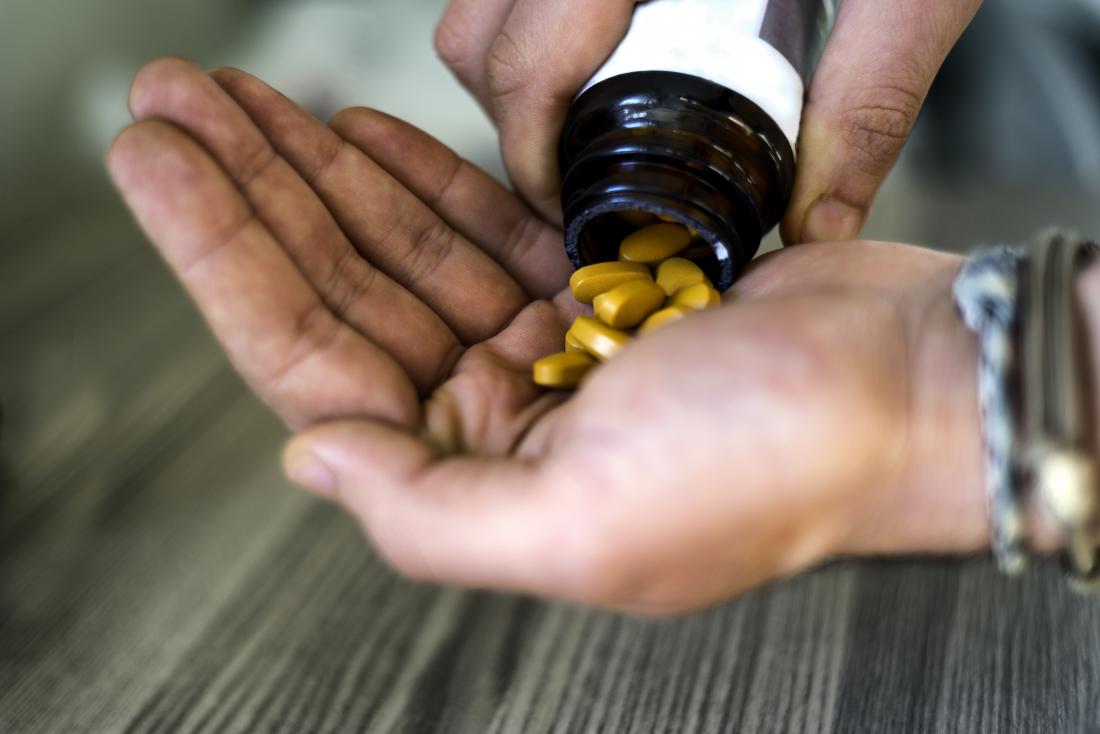 Healthcare providers may recommend vitamin supplements for people eating a vegetarian or vegan diet.
Healthcare providers may recommend vitamin supplements for people eating a vegetarian or vegan diet.According to the authors of an article in the Journal of the American Dietetic Association (now the Journal of the Academy of Nutrition and Dietetics), carefully planned vegetarian and vegan diets are “healthful, nutritionally adequate, and may provide health benefits in the prevention and treatment of certain diseases.” However, it is important for vegetarians and vegans to ensure that they are eating a balanced and healthful diet that meets all of their nutritional requirements.
For example, plant-based foods do not naturally contain vitamin B-12, which is an essential mineral that supports the nervous system and cardiovascular health. Vegans and vegetarians can get vitamin B-12 from fortified foods, such as breakfast cereals and some types of plant based “milk.”
Vegetarians and vegans can also take vitamin B-12 supplements. However, some B-12 supplements can contain animal products, so it is important to check products labels carefully and only purchase from reputable manufacturers.
According to a 2017 study from Switzerland, some vegetarians may not get enough vitamin B-6 and niacin from their diets, while vegans may have a higher risk of zinc and omega-3 deficiency than those who eat some animal products.
A range of multivitamin supplements suitable for vegetarians and vegans are available to purchase from pharmacies, health stores, and online.
As we mentioned above, eating a plant based diet does not guarantee good health. A large 2017 study found that plant based diets consisting of unhealthful foods can increase a person’s risk of coronary heart disease.
Examples of unhealthful plant foods include:
- French fries
- sweetened beverages
- refined grains
- candies
- processed or prepackaged snack foods
This unhealthful plant based eating often results in a lower intake of fiber, vegetables, and micronutrients alongside an increased intake of sugar and processed ingredients.
Summary
Both vegetarians and vegans choose not to eat meat and fish. However, veganism is a stricter form of vegetarianism that prohibits the consumption or use of any products that come from animals, including dairy, eggs, honey, leather goods, wool, and silk.
Vegetarians may eat dairy products, eggs, honey, and other byproducts that do not involve the slaughter of animals. However, there are several variations of the vegetarian diet. For example, some vegetarians choose to eat eggs but not dairy products.
Vegan and vegetarian diets generally include a range of fruits, vegetables, nuts, seeds, grains, and pulses, as well as “meat substitutes” that derive from these food types.
Both vegetarian and vegan diets may provide health benefits, including reduced body weight, lower cholesterol levels, and decreased risk of cardiovascular disease.
However, it is important for vegetarians and vegans to ensure that they are meeting all of their nutritional requirements. For example, plants do not naturally contain vitamin B-12, so vegans and vegetarians may need to consume fortified foods or take dietary supplements to get enough vitamin B-12.



